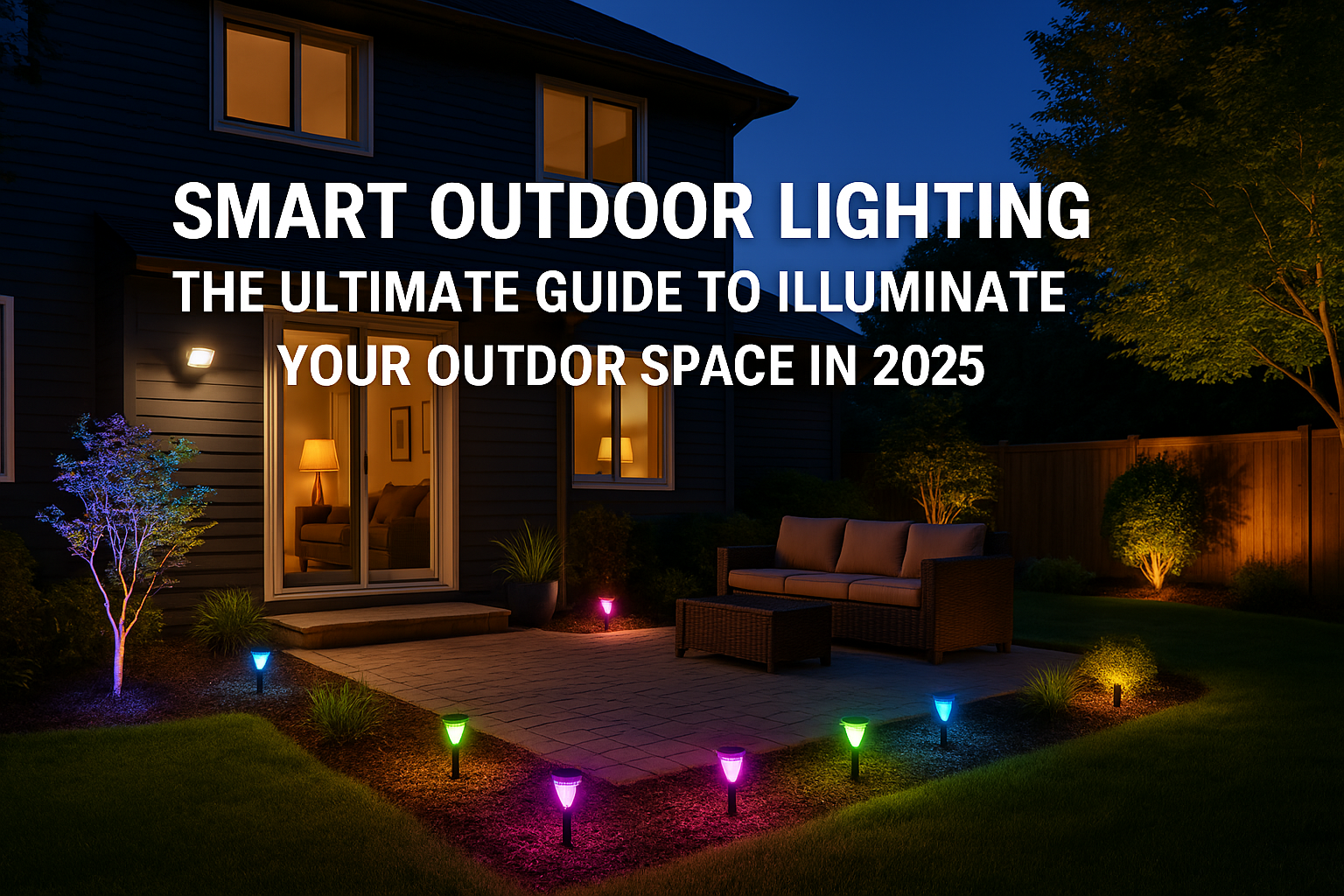
Smart Light Sensors: The Future of Intelligent Lighting
Have you ever walked into a room and found the lights blazing needlessly? In such cases, smart light sensors offer a forward-thinking solution, automatically controlling lighting based on environmental conditions. In this article, we will delve into the technology, explore the numerous benefits, and investigate the diverse applications of these innovative devices.
How Smart Light Sensors Work
These sensors essentially act as light-sensitive managers, carefully measuring ambient light levels and responding accordingly. Whether simple or incredibly complex in their functionality, they all share a common, overarching goal: efficient and intelligent lighting control.
Types of Smart Light Sensors
Different types of sensors are designed to meet a variety of needs:
- Photodiodes: These devices convert light directly into an electrical current, allowing for fast and highly accurate light detection. They are frequently found in security systems.
- Phototransistors: Similar to photodiodes, phototransistors also amplify the current, which subsequently boosts sensitivity. However, they typically operate with slightly slower response times.
- Ambient Light Sensors (ALS): These sensors mimic the functionality of the human eye, meticulously measuring overall light levels in a space. You’ll commonly find them in smartphones, where they automatically adjust screen brightness.
Key Components and Functionality
Smart light sensors are composed of several key components, including:
- Sensor Element: This essential component detects light intensity.
- Microcontroller: The microcontroller processes the received data and determines the appropriate actions.
- Communication Module: This module sends signals to control lighting.
Upon detecting light changes, the sensor element relays the data to the microcontroller. The microcontroller then processes this information and triggers the communication module to initiate the necessary adjustments to the lighting. The process itself is remarkably simple yet, in practice, is exceptionally effective.
Benefits of Smart Light Sensors
Smart light sensorshttps://smartlightsensors.com/blog/ offer several compelling advantages:
- Energy Savings and Cost Reduction: Smart sensors help optimize energy usage, leading to reduced electricity bills. Studies have demonstrated significant savings, ranging from 20-60%, making them a cost-effective investment for various applications.
- Enhanced Security and Safety: As a result of their motion-activated capabilities, these sensors can automatically illuminate dark areas upon movement detection, deterring potential intruders and boosting overall home security. Moreover, outdoor lighting also contributes to enhanced safety by significantly reducing the risk of falls and other hazards.
- Increased Convenience and Automation: By automatically adjusting lighting levels, smart light sensors dim lights when the natural daylight increases. Consequently, this eliminates the need for manual switching and provides effortless, comfortable lighting control.
Applications of Smart Light Sensors
These versatile sensors find use in various settings, including:
- Residential Lighting Control: They can be easily integrated with home automation systems, enabling convenient, remote lighting control via smartphones. They are ideally suited for frequently used areas such as hallways and living rooms.
- Commercial Building Automation: Offices and warehouses alike benefit from occupancy sensors, which automatically turn off lights in empty rooms, helping prevent energy waste. Warehouses also leverage the advantages of daylight harvesting, dimming lights when sufficient sunlight is available.
- Outdoor and Street Lighting: Cities are already employing adaptive lighting systems, dimming streetlights during low-traffic hours. Parks and security lighting installations also greatly benefit from these sensors, further improving public safety while simultaneously conserving energy.
Choosing the Right Smart Light Sensor
Selecting the appropriate sensor for any given application involves careful consideration of these critical factors:
- Sensitivity Range: This determines how responsive the sensor should be to changes in light levels.
- Communication Protocols: Verify compatibility with Wi-Fi, Zigbee, or Bluetooth.
- Weather Resistance: This is a crucial consideration for outdoor sensors, as they are often exposed to the elements.
Installation and Maintenance
Here are some helpful tips to ensure a smooth installation and ongoing maintenance:
- DIY Installation Guide: Many sensors are specifically designed for straightforward installation. Always adhere to the manufacturer’s instructions carefully, especially when dealing with electrical wiring.
- Troubleshooting Common Issues: Keep in mind that connectivity issues, false triggers, or occasional sensor failures may occur. To mitigate these issues, check the power sources, carefully adjust the settings, and ensure the proper placement of the sensors.
Conclusion
In conclusion, smart light sensors offer a multitude of benefits, including significant energy savings, enhanced security, and added convenience. They represent a valuable upgrade for lighting systems in homes, businesses, and public areas. As technology continues to advance, these sensors will inevitably play an even greater role in intelligent energy management and automation.
Want to dive deeper into the world of smart lighting? Find out more and explore our full guide to smart light sensors here.
